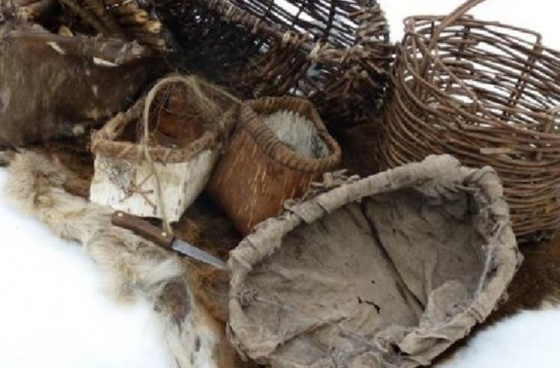Making a Rawhide Bag
Kind of Event
- Workshop
Country
- Austria
Course objective: Each participant goes home with a rawhide bag.
Course content: scraping the skin when wet, shaping a container, cutting rawhide strings, attaching a handle, drying the container.
Historical background: Containers made of organic materials were certainly much more widespread in prehistory than appears from rare finds. Wood, bark, leather or rawhide can be used as materials. From Egypt, for example, a rawhide container is known that dates back to the 4th millennium BC. In Central Europe, such pieces have not survived due to the environmental conditions, but there are occasional clay vessels that probably imitate leather or rawhide vessels. Examples include elongated pocket-like containers from the Middle Neolithic Lengyel culture (approx. 4500 BC) or jugs and cups from the early Bronze Age (around 1800 BC). We also know of isolated metal handles from later times, which were attached to vessels made of organic material.
Instructor: Alexander Ernst
Course times: 10 a.m. - 6 p.m.
Course costs: 90 euros
Material costs: 30 euros

